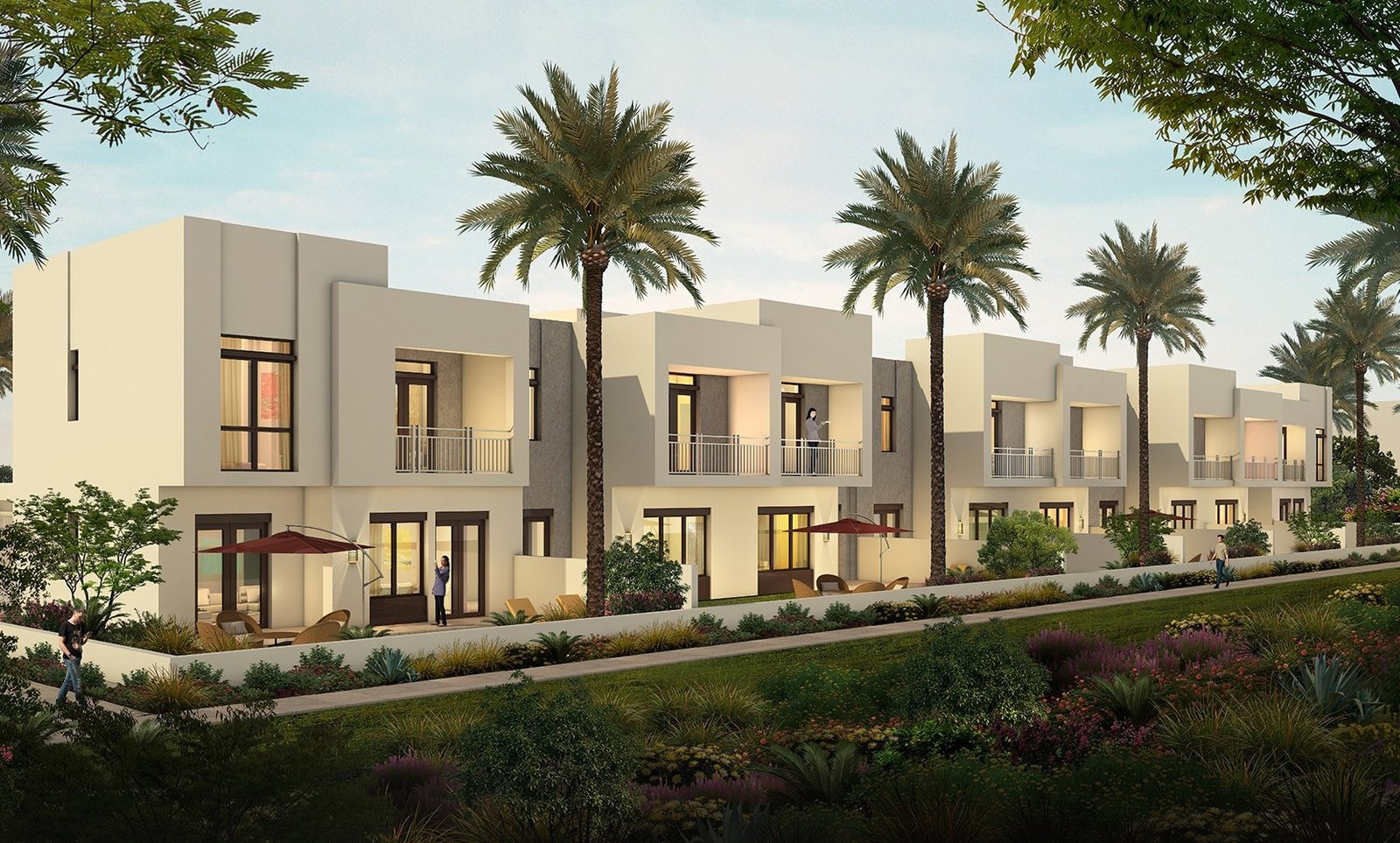
Dubai’s real estate market continues its remarkable ascent, but an underlying challenge threatens its balance: a significant shortage of villas and townhouses. With record-breaking property transactions and surging population growth, the city is grappling with a supply-demand imbalance that is driving up prices and reshaping investment dynamics.
Record Property Transactions and Price Growth
According to Knight Frank’s Dubai Residential Market Review: Special Edition, Dubai recorded a staggering 47,269 real estate transactions in Q3 2024—the largest quarterly figure in its history and a 41.8% increase compared to Q3 2023. Property deals between January and September 2024 reached AED 306.3 billion ($83.4 billion), a 36% rise year-on-year.
This relentless demand has propelled property prices upward, with citywide house prices now 19.9% higher compared to the same period last year. While mainstream market prices grew by 4.3% in Q3 2024 alone, the luxury segment experienced unprecedented growth, with sales of homes priced above $1 million tripling over the past 18 months.
Villa Market Under Pressure
Despite these gains, the shortage of villas remains a pressing concern. Dubai is currently facing a shortfall of approximately 10,000 villas, according to industry experts. Villas and townhouses, long favored by families and investors for their space and affordability relative to other global hubs, are in increasingly short supply.
Issa Abdul Rahman, CEO of KASCO Developments, attributes this shortage to Dubai’s rapidly expanding population and its evolving appeal as a long-term residential and investment destination. “As more people view Dubai as a place to settle down, I expect this demand to grow,” he noted.
Similarly, Ramjee Iyer, Chairman of Acube Developments, emphasized demographic shifts as a key driver of the villa shortage. “The influx of expat families and the lack of new villa projects to accommodate larger living spaces have compounded the problem,” he explained.
Supply Challenges Persist
Knight Frank projects that Dubai will deliver 8,900 new villas by the end of 2024, with another 19,700 expected by the end of 2025. However, this falls far short of the estimated annual demand for 37,600 to 87,700 new homes needed to accommodate Dubai’s growing population, projected to reach 5.8 to 8.6 million by 2040.
Adding to the pressure, villa developments are moving farther from central hubs due to land constraints. While these emerging communities offer quieter suburban lifestyles, they come with longer commutes.
Investment Outlook: Villas vs. Apartments
The scarcity of villas is making them increasingly attractive to investors. “With the tightness we are seeing in the market, villas and townhouses are likely to appreciate more than apartments at this stage of the cycle,” said Rahman. However, apartments remain a more liquid asset, offering quicker returns for some investors.
The Path Forward
Developers are racing to address the imbalance by maximizing land efficiency in new projects. Meanwhile, emerging hotspots like Dubai South and Mohammed Bin Rashid City are poised to capture growing demand with strategic locations and integrated community features.
As Dubai’s real estate market continues its upward trajectory, the shortage of villas and townhouses presents both challenges and opportunities. Whether you’re a buyer or an investor, understanding these dynamics is crucial to making informed decisions.
Take the next step in your real estate journey—contact us today to explore exclusive opportunities in Dubai’s booming market. Don’t miss your chance to invest in the city’s most sought-after properties.